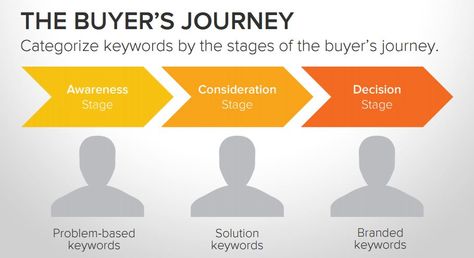
The first touchpoint for many users after seeing a successful advertisements is the advertiser’s website. This is why understanding digital best practices is essential. Whether focusing on website user experience, blog content, search engine optimization (SEO), or overall site design, each element plays a critical role in shaping an effective digital presence. This blog post offers a walkthrough of these foundational areas, outlining how and why they help a website stand out and succeed.
1. Website User Experience (UX)
User experience (UX) is a key component of effective website development. A site may appear visually appealing, however, if users cannot navigate it, engagement is likely to drop. As mentioned by the Red & Yellow Creative School of Business, “The fundamental principle of good development and design is to understand your users, since they are the people who will actually be accessing and interacting with your website.”
Best practices for UX are
- Fast load speeds, which reduce bounce rates
- Mobile responsiveness, ensuring accessibility across devices
- Local navigation, allowing users to easily find their way through the site
Ultimately, a strong UX design is user-focused, minimizing friction and enhancing satisfaction.
2. Blog Content Strategy
A successful blog strategy goes beyond publishing posts—it requires intentional planning and thoughtful execution. Kidd (2022) outlines several helpful principles, beginning with understanding the target audience. Content should be tailored to their interests, needs, and pain points. In addition, acknowledging the buyer’s journey—awareness, consideration, and decision stages—helps ensure that content aligns with where a reader may be in their decision-making process.

Other effective blog practices include:
- Defining blog topics that are relevant and specific
- Becoming a resource, offering answers, insights, and practical value
- Knowing the competition allows for differentiation in tone, format, or perspective
Search Engine Optimization (SEO)
Without visibility, even the most beautifully crafted websites may go unnoticed. SEO refers to “the practice of optimizing a website to achieve the highest possible ranking on the search engine results pages”(The Red & Yellow Creative School of Business, 2022). SEO strategies permit content to be discovered by users seeking related information.
Basic SEO tactics include:
- Keyword integration, naturally placed in titles, headers, and body content
- Alt text for images, ensuring visual content contributes to searchability
- External links as they send signals of trust
While SEO is a long term effort, consistent optimization ensure content will reach the correct audience and stay relevant.

Website Design Elements
“Websites are, in many ways, at the heart of successful digital marketing. They are your home on the web, a shop window over which you have full control” (the Red & Yellow Creative School of Business, 2022). Design and layout significantly influence how a site is perceived. A professionally designed website signals credibility, trust, and attention to detail.
Key design components include:
- Clear Navigation to orient the user
- Layout, structuring content in a visually digestible format
- Headers and Footers, that are consistent for primary navigation and key actions
- Credibility from a polished appearance which reinforces professionalism
Effective design not only supports usability but also shapes the response of the site visitor.
Summary
For developers and designers entering the digital space, mastering best practices in user experience, blog strategy, SEO, and design is fundamental. These elements work together to support a website’s success, both visually and functionally. When digital choices are made with intention and clarity, a website can serve as a powerful tool for both communication and conversion.
References:
Kidd, L. (2022, July 5). How to create an effective blog content strategy. Forbes.
The Red & Yellow Creative School of Business. (2022). EMarketing: The Essential Guide to Marketing in a Digital World. Red & Yellow Creative School of Business.
Hi Joselyn, This was very nice and easy to read. I loved the clear straight forward information. I also really like what you said about buyers journey in terms of blog content strategy. Your focus on SEO and different sections of that was very nice and easy to read. Also engaging with the pictures as well! It was light and functional . I can’t wait to read more of your blogs!!! 🙂
I appreciate the depth of insight in this post. A solid digital strategy goes far beyond just having an online presence; it’s about creating a user experience that’s intuitive, engaging, and constantly evolving. The points about design and UX are so important! Optimizing for mobile and all devices, really, and ensuring fast load speeds are non-negotiables in today’s digital landscape. What stood out to me, though, was the emphasis on SEO. I also love the reminder about audience-specific content.
However, while your post provides great insights into digital practices, I think that diving deeper into the importance of analytics in shaping a digital strategy could be helpful. There’s a strong focus on design, SEO, and content strategy, which are all essential, but without measuring their impact, it’s hard to know what’s working and what isn’t. Also, while mobile optimization is briefly mentioned, it would be helpful to touch on the concept of responsive design a bit more, especially given how important it is for catering to different device types and screen sizes.
– Jasper
Hi there, I really enjoyed reading your blog post! It was super organized and easy to follow, which made all the information about digital best practices very clear. I especially liked how you broke everything down into sections like UX, SEO, and blog strategy. It made it easy to see how each part connects to building a strong website. Your use of quotes and references made your points feel even stronger. I would love to learn how you broke up your text with the images, I think you did an overall you did a fantastic job!